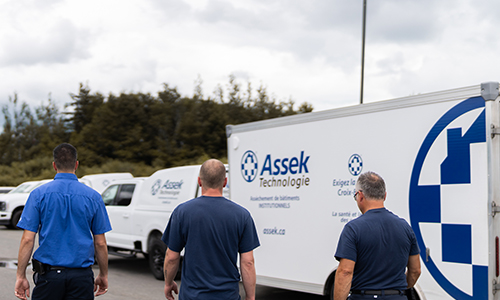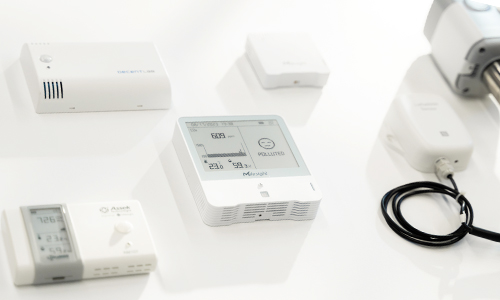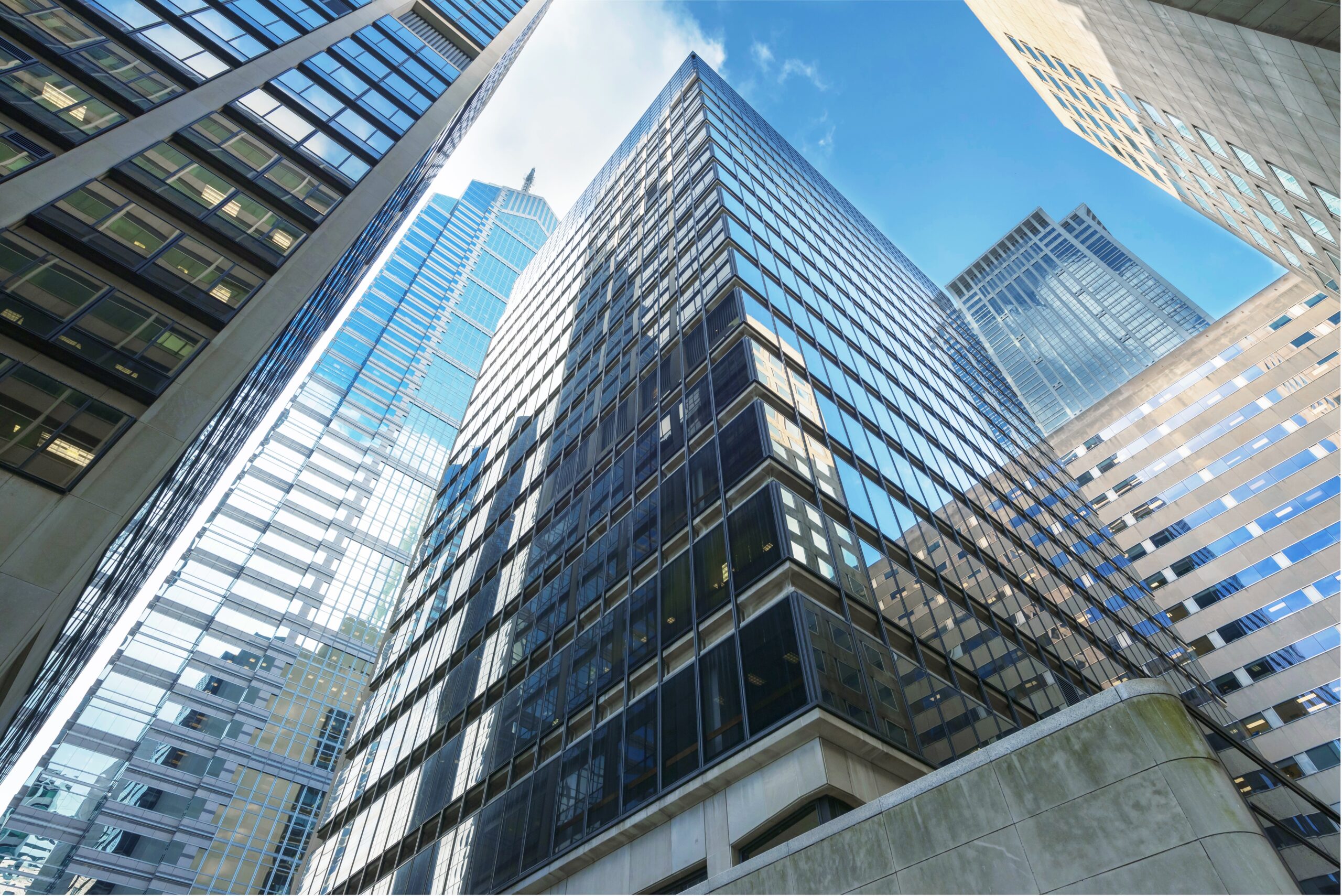Case Study
Education
Environmental Analysis
Protecting the health of students and teachers: a priority during construction work in schools
Adopting environmental analysis solutions in schools helps protect students and teachers during construction by implementing negative pressure zones, managing airflow and noise disturbances, all while ensuring the safe continuity of school activities.

Schools are sensitive environments where protecting students, teachers, and staff is essential, especially during renovation or maintenance work. While these interventions are necessary to maintain infrastructure, they must be carried out with heightened vigilance to mitigate risks related to dust, noise, and air quality.
Specific challenges of construction work in schools
Schools accommodate children daily, whose respiratory systems are more vulnerable, as well as teachers who may be exposed to potential nuisances for extended periods.
Construction work can result in:
- Dispersion of dust and pollutants: Especially fine particles, which can cause respiratory problems, irritations, or allergies. According to the WHO, a 10 µg/m³ increase in PM2.5 (fine particles) leads to a 6% rise in respiratory-related consultations.
- Emission of harmful fibers: Asbestos, when disturbed, can release microfibers into the air that can lead to severe pulmonary diseases, such as asbestosis or cancer. In many Canadian schools, materials containing asbestos are still present. For instance, in Quebec, more than 90% of school buildings in Laval contain asbestos, according to the Laval School Service Center (CSSL).
- Noise disturbances: Excessive noise levels can disrupt classes, cause fatigue, and impact students’ concentration.
- Interference with school activities: Poorly planned or managed construction work can disrupt lessons and the overall tranquility of the school environment.
The solution: environmental analysis and proactive construction management
To protect health and well-being in schools, implementing tailored technological solutions is essential.
Key actions to consider include:
1. Create negative pressure zones
Negative pressure zones prevent the spread of dust and pollutants by:
- Confining particles within the construction area, eliminating the risk of contamination and dispersion in occupied spaces.
- Controlling airflow to direct dust toward HEPA filtration systems.
2. Optimize airflow renewal
Outside of class hours, scheduled ventilation systems can:
- Ensure constant air renewal to remove fine particles.
- Filter air to make it healthier.
- Maintain air quality that meets public health standards (ASHRAE or local standards).
3. Monitor and reduce noise disturbances
Installing acoustic detectors with visual indicators alerts workers when noise levels become too high. This proactive approach ensures:
- A calm working environment for teachers.
- Maximum concentration for students.
4. Real-time monitoring and automation
Environmental analysis solutions enable real-time control through the Assek IoT application, monitoring key parameters such as:
- Airborne particle levels.
- Airflow and ventilation quality.
- Live alerts to prevent unnecessary noise disturbances.
This monitoring ensures rapid intervention if critical thresholds are exceeded and supports optimized project management.
Benefits for schools

Results
Results and benefits
Adopting these measures provides significant benefits:
- Continuity of school activities: Enables construction work to be safely carried out during class periods.
- Enhanced health protection: Controlled air quality, reduced risk of harmful fiber dispersion, and acoustic management minimize impacts on occupants.
- Peace of mind for stakeholders and families: Parents, teachers, and administrators are reassured by the rigorous monitoring of environmental conditions.
Better-managed emergency construction work
In urgent situations, these solutions enable rapid intervention without having to wait for school breaks. The ability to automate and control airflows in real-time minimizes negative impacts while meeting technical constraints.
To learn more about how a healthy school environment promotes student well-being and success, visit our dedicated page




